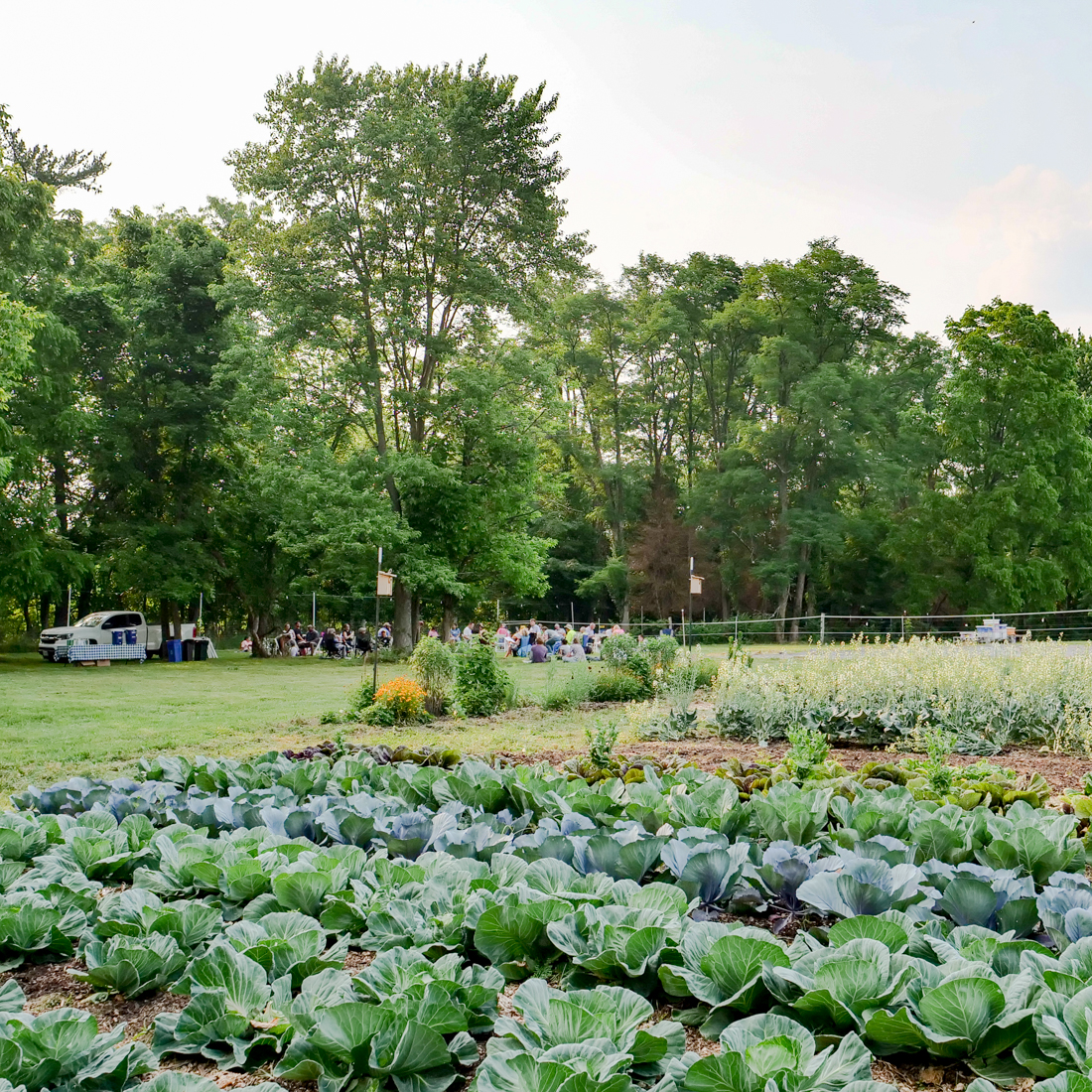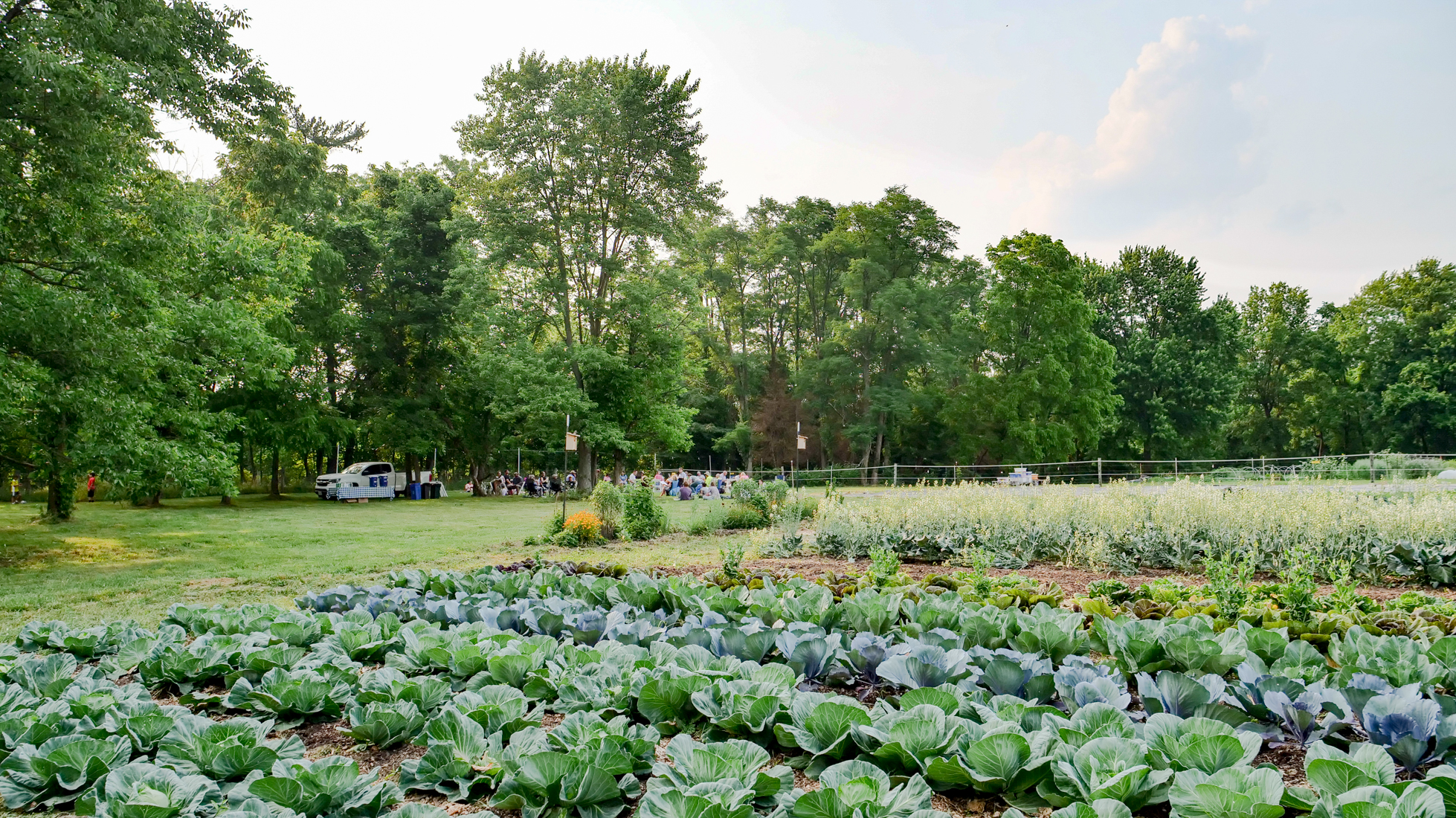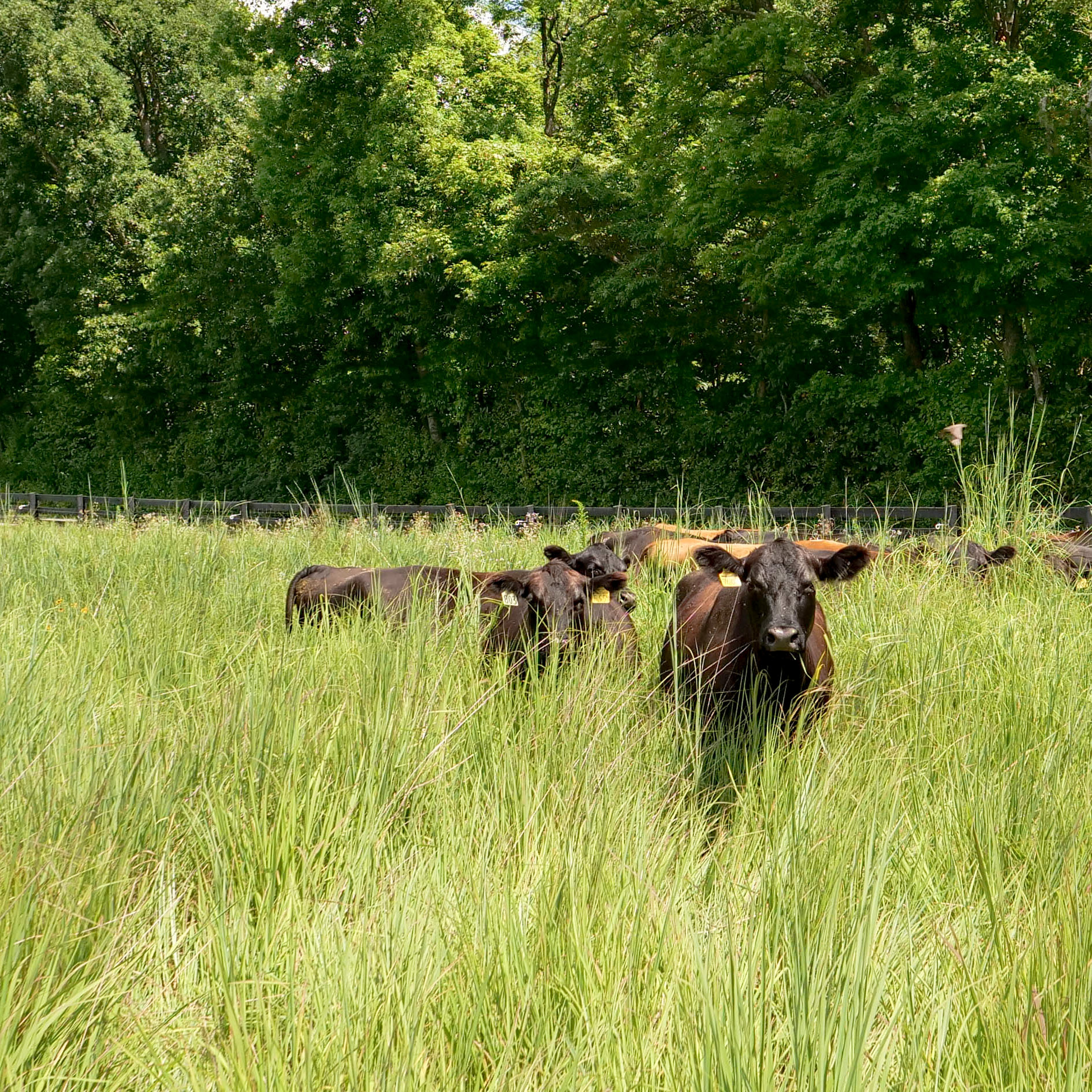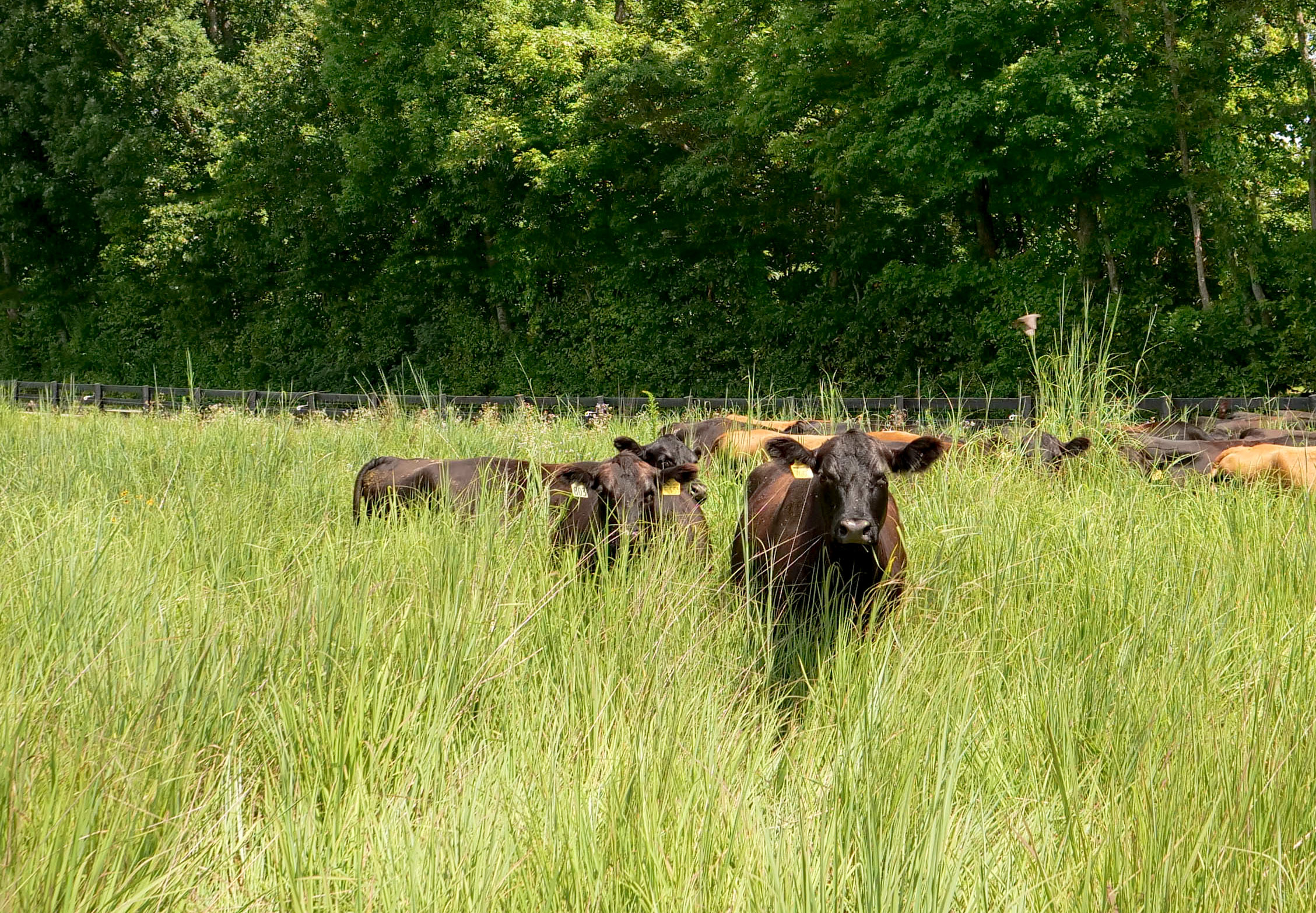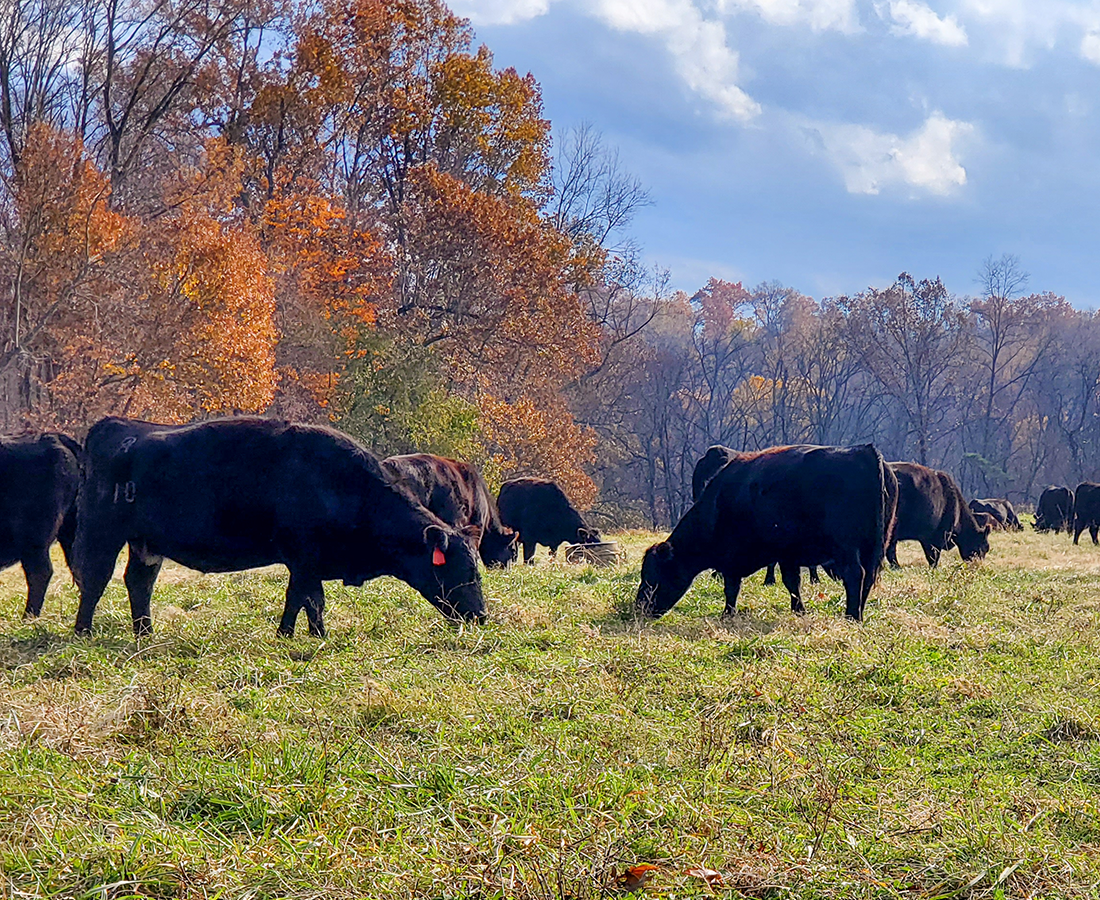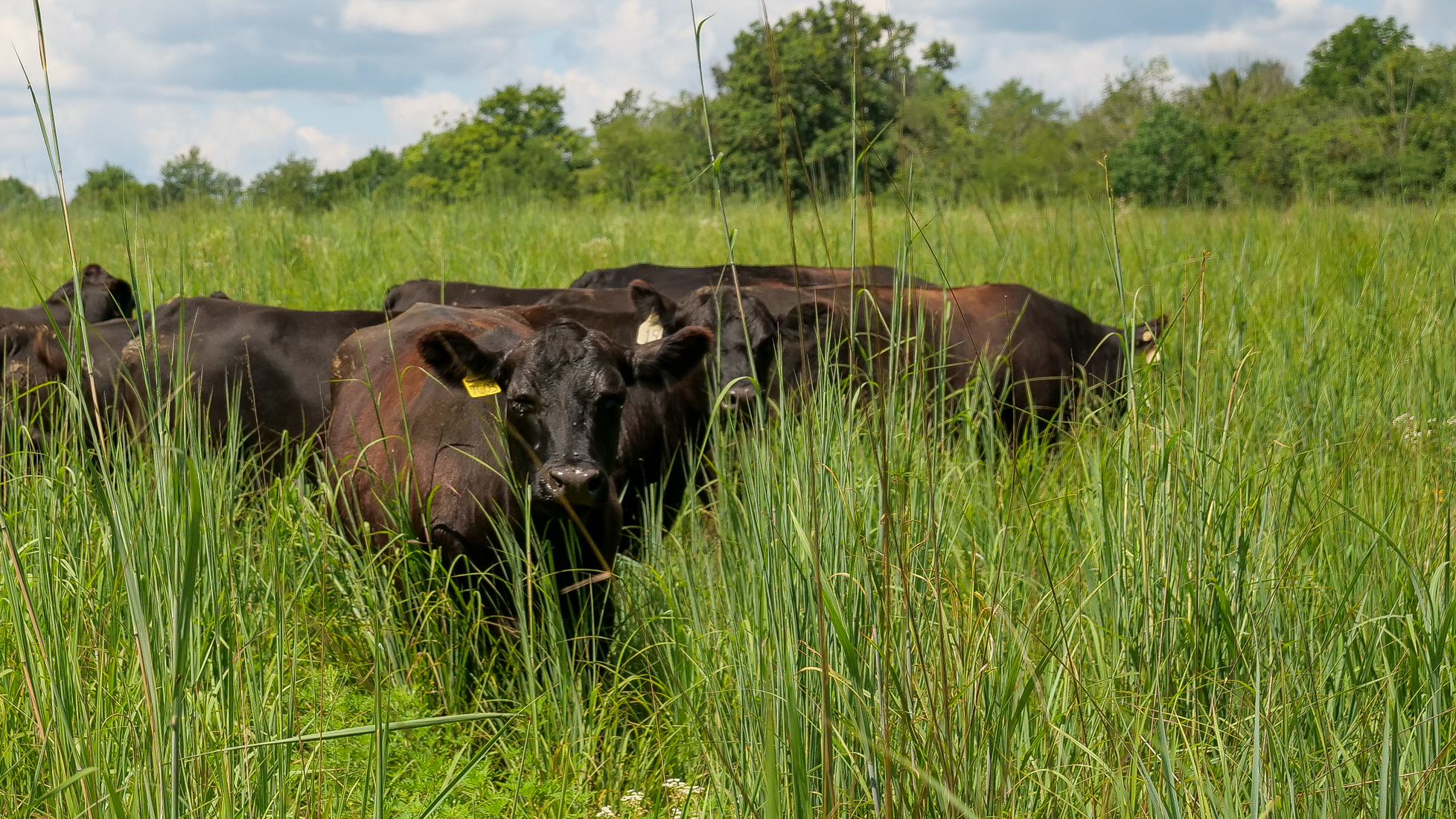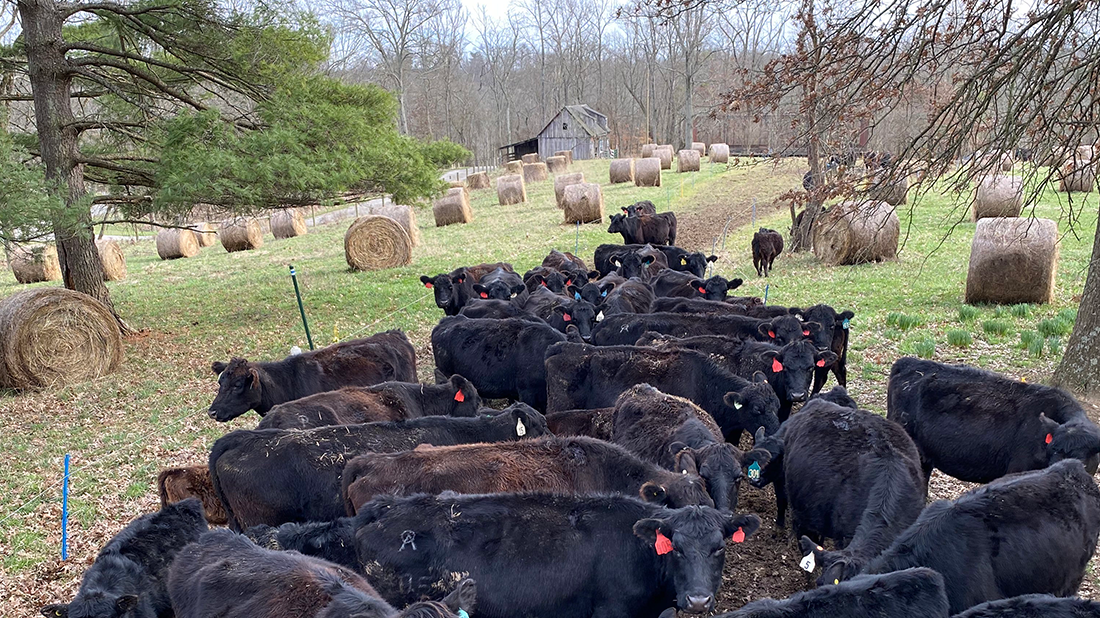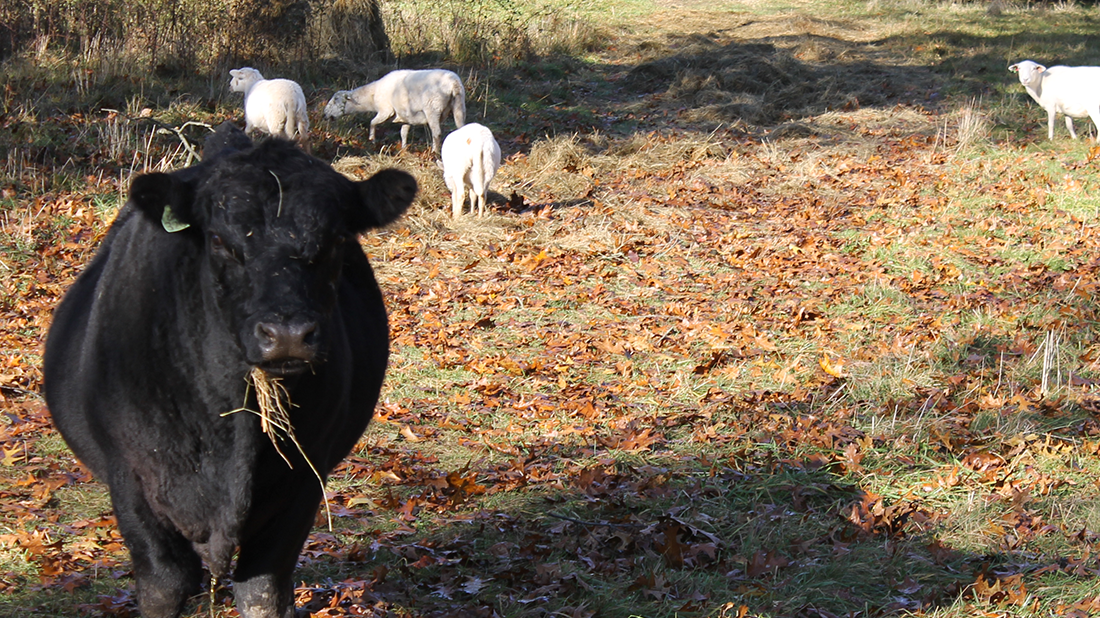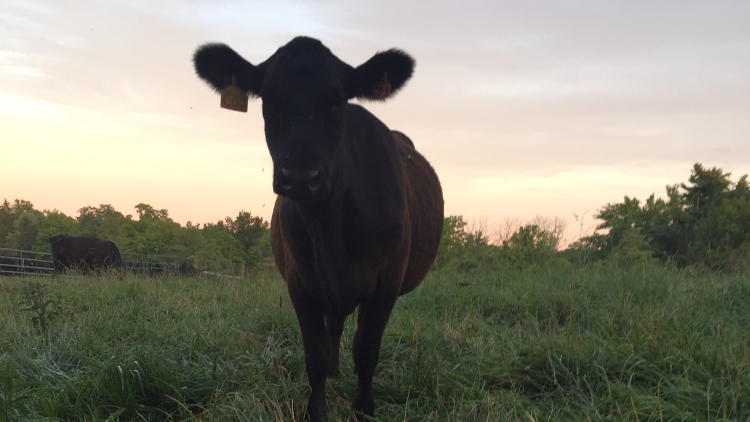Exploring Connections
Our researchers explore connections between agricultural practices and outcomes on soil health, food quality, and the environment. The data collected through our research efforts helps inform consumers and producers about healthier, more sustainable farming practices and allows us to make better management decisions.
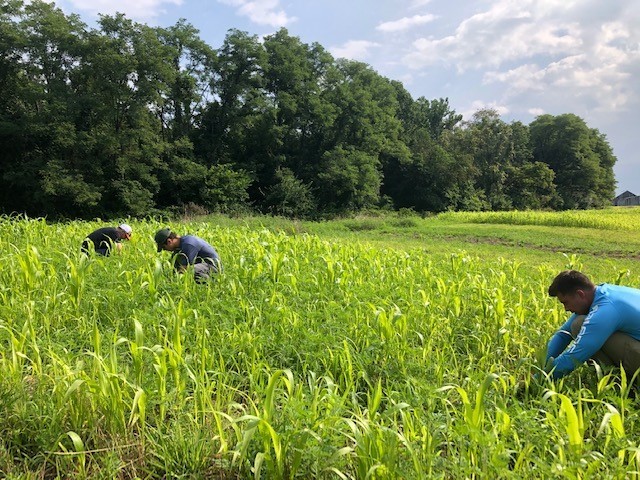
Our Research
Regenerative Farming Systems and their
Impact on Food Quality and Human Health
Regenerative agriculture focuses on building health from the ground up through the use of agro-ecological principles (e.g. diversity, livestock integration, increased plant cover, etc); however, little is known about how these practices impact human health outcomes. The purpose of this project is to test the hypothesis that consuming foods produced using “regenerative” practices improves consumer health compared to consuming similar foods from conventional or hydroponic farming systems.
Variation in the Nutritional
Quality of U.S. Grass-fed Beef Supply Chain
There is large variation in beef production practices that can fall under a “grass-fed” label claim. To better understand the impact of these varying production practices, 750 samples of beef labeled as “grass-fed” were collected from sub-regions of the United States. Samples were analyzed for nutritional differences to help consumers and ranchers/farmers understand the impact that variations in production practices, season, and other factors may have on the quality of grass-fed products.
When the Green Grass Grows: Seasonal
Variation in the Nutritional Quality of Grass-fed Beef
Unlike the consistent rations that cattle receive in a grain-based system, grass-fed cattle experience seasonal variations in their diet. The variation is based on the growing cycles of the grazed forages. This study investigated how the harvest season can play a role in the nutritional quality of a grass-fed beef product.
Optimal Establishment Strategies
For Various Native Warm Season Grass Species
Our changing climate is leading to many challenges for the future of food production, including short periods of intense rain followed by extended heat and drought. Pasture diversification provides resilience to these potential impacts of climate change. Native warm-season grasses are a promising option to increase diversity in grazing systems. This project focuses on understanding how warm-season grasses grow and develop in pastures. Results will identify successful management practices for warm-season pastures to promote their use in Ohio.
Woodland Health and Preservation
Conservation and preservation are at the heart of the Greenacres mission. Our combined properties have over 600 acres of forests/woodlands. Research projects encompass ecological monitoring, invasive species management and methods to improve forest health. Under the framework of adaptive management, data collected help inform our management decisions.
Establishing Tallgrass Prairie with
Cattle: Practices, Progress and Pitfalls
Establishing native tallgrass prairie holds many benefits both for the environment and for cattle farmers/ranchers by increasing productivity during hot and dry summer months. Despite the known benefits, many farmers forgo establishing tallgrass prairie due to the perceived challenges associated with the process. This study attempts to address one of the most often cited objections amongst beef producers – loss of pasture production during the establishment year.

Agriculture: Livestock and
Crop Production
Greenacres has over 300 acres of pasture land on which it raises livestock and grows vegetables choosing agricultural practices which generate soil health. Research projects encompass pasture monitoring and improvements, effects of integrating livestock into vegetable production systems and nutritional quality of our products.

Grass-fed Beef Production: Feed
Supplementation and the Drivers of Beef Quality
Feed supplementation allowed under current “grass-fed” beef labeling requirements include baleage, soy bean hulls, and other non-grain feedstuffs. The purpose of this study is to understand the impact that each type of supplementation has on the overall quality and nutrition of resulting grass-fed beef products. Results will be compared to grass-fed cattle receiving only access to pasture and hay (i.e. beef marketed as “grass-fed and grass-finished”).

Food Production Systems and their
Impact on Antimicrobial Resistant Pathogens
Livestock production’s overuse of antibiotics important in human medicine has been well documented. One of the perceived benefits of regenerative livestock production is natural living conditions which could lead to reduced livestock illness, in turn eliminating prophylactic antibiotic usage and minimal antibiotics for the treatment of illness. This study compares conventional feedlot livestock production systems with regenerative pasture raised livestock systems and their impact on the presence and development of antimicrobial resistant pathogens.
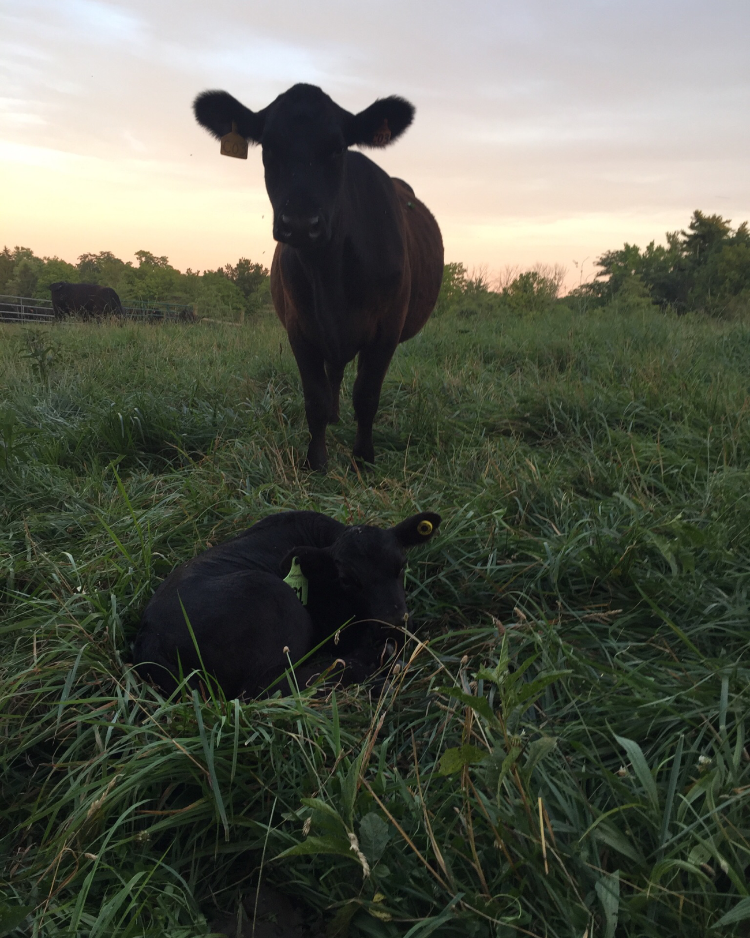
Metrics, Management and Monitoring: an Investigation
of Pasture and Rangeland Soil Health and Its Drivers
Degradation of agricultural soils is well documented. Rising aridity and extreme rain events are projected to worsen, leading to increased adversity for the future of food production. Concurrently, agricultural industries and food suppliers are tasked with reducing supply-side greenhouse gas (GHG) emissions. To achieve these goals, improving on-farm water cycling and soil health (and subsequent carbon storage) combined with reduced agricultural inputs are necessary. Achieving these management goals requires an approach that accurately measures productivity, carbon flux and the water cycle – at scale and in real time. The purpose of this study is to identify practices that link landscape health to personal well-being, educate and incentivize land managers to adopt them, while simultaneously measuring physical and socio-economic changes accurately, and at scale.
Research Updates
Contact Us
Department Director
Chad Bitler

